If you’re anything like us, you might be wondering, “Is it weird to go on a slum tour in Mumbai?” We had the same, but went anyway. Here’s what we thought about going on the Dharavi Slum Tour in Mumbai.
Slum tour.
Those two words make me uncomfortable. Paying money to see how “poor people” live seems like the epitome of privilege. In my mind, the notion of slum tours ranks up there with “authentic village experience tours” when it comes to cringe-worthy tourist outings.
… yet we spent three hours on a Dharavi Slum Tour. Why?
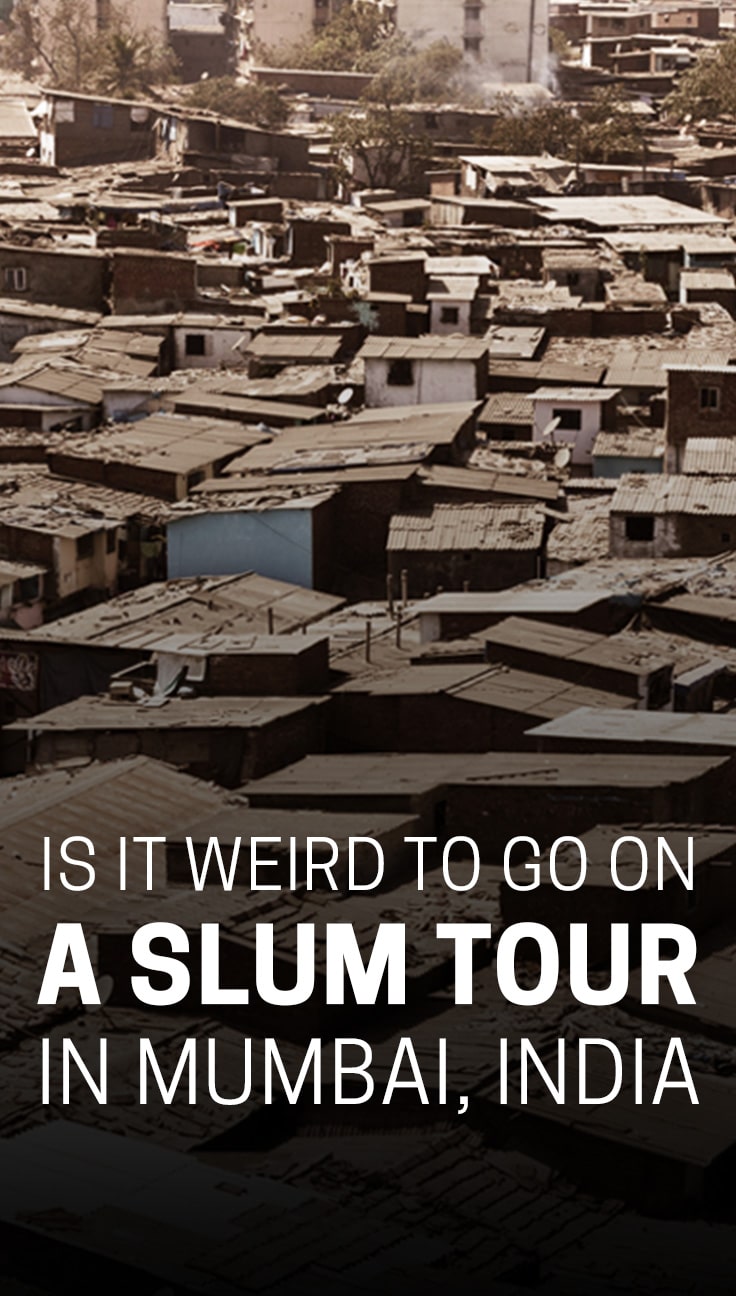

Cardboard recycling in Dharavi. Photo by Reality Tours & Travel.
Why do we want to do this?
Sebastiaan and I debated the ethics of going on a slum tour for a long while in the days leading up to it. We could see the pros and cons but mostly felt discomfort with the idea. Why do we want to see what these people live like? Do we really want to encourage poverty as a tourist attraction?
The answer to the latter is no, of course, but what about the former?
Ultimately, it boils down to curiosity. Curiosity is the same reason we were drawn to Afghanistan, that Iran’s closed society called to us. Filthy rich or painfully impoverished, we want to see what people live like all around the world. It’s one of the reasons we travel.
Still, the thought was uncomfortable.
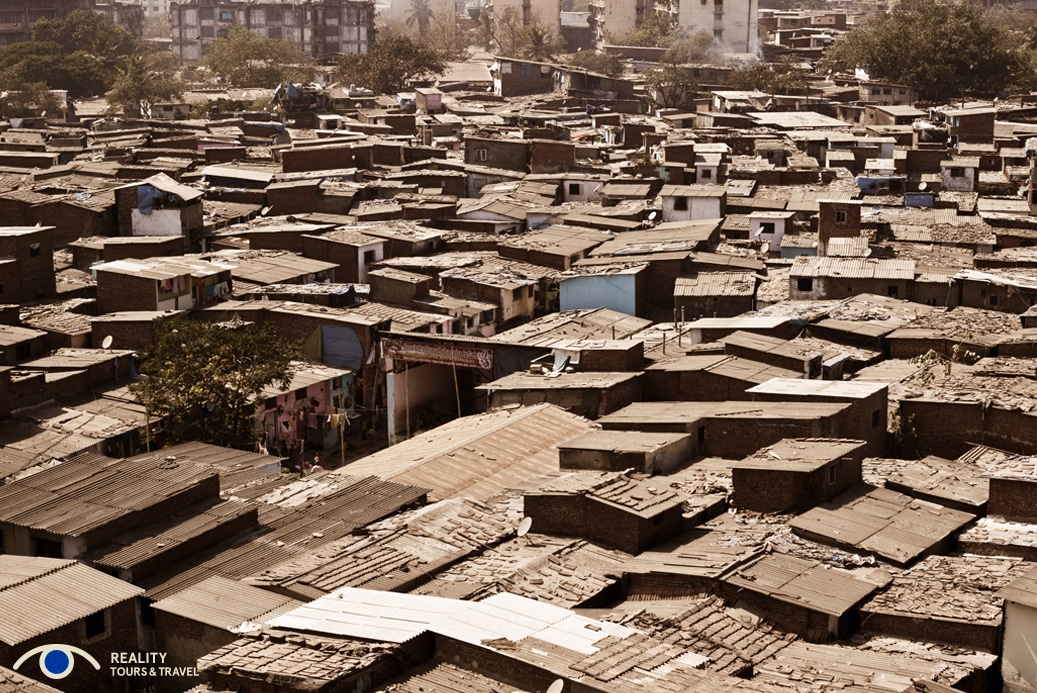
Dharavi slum from above. Photo by Reality Tours & Travel.
Is there a right way to do this?
Dharavi is Mumbai’s largest slum (and the third-largest in the world) made famous by the film Slumdog Millionaire. Around one million people live there, and at about 280,000 people per square kilometer, it’s one of the most densely populated areas on earth. I was set on visiting but conflicted about how best to do so.
Firstly, I was afraid of treating people like zoo animals. It sounds silly, but many tourists are guilty of this, and don’t even realize it. But we didn’t know what to expect from the slum — would it be strange for us to walk around there by ourselves? I’d heard of travelers visiting other slums independently, but what about in Dharavi? Would it be obnoxious?
We also aim to be responsible travelers. Supporting the local economy is always one of our highest priorities, but how could we best do so in Dharavi? We didn’t want to count on buying anything from them—what’s the point in getting souvenirs if you don’t have a home to put them in?—and simply handing out money or items to people is a big no-no.

Photo by Reality Tours & Travel
I did some research into tour options, and learned of Reality Tours, the go-to “responsible” NGO offering Dharavi Slum Tours. The company states that 80% of their profits from the tour are reinvested into the community, primarily into a school they run.
Reviews were glowing, and the NGO has received plenty of accolades and recommendations. Still, we hesitated. Are tours really the best way to see the slum in Mumbai? Better than walking around ourselves? And who is Reality Tours, anyway?
True to my MO, I didn’t make up my mind until the last minute. We were flopped on a bed, waffling about deciding what to do for the day, when I saw there was a tour opening in several hours. Fuck it, I thought, let’s just see. The Dharavi slum tour starts at 900 Rs per person.

Photo by Reality Tours & Travel
A review of Reality Tours’ Dharavi slum tour
I’m certainly not glowing, but I did find the tour interesting. That’s saying something, given my disdain for tours — I’m usually the cynical one in the back perpetually eyeing the clock.
Organization-wise, I have no complaints. The guide, a native of another Mumbai slum, spoke excellent English and answered all questions. There’s a strict no-camera policy on the tour to protect the privacy of the residents (and prevent things from turning into a zoo).
I scanned through Reality Gives’ annual report, and their numbers seem to make sense, though we didn’t actually enter the school they run, nor meet any students. Perhaps suspicious, perhaps sensible—don’t want to disrupt school in session.
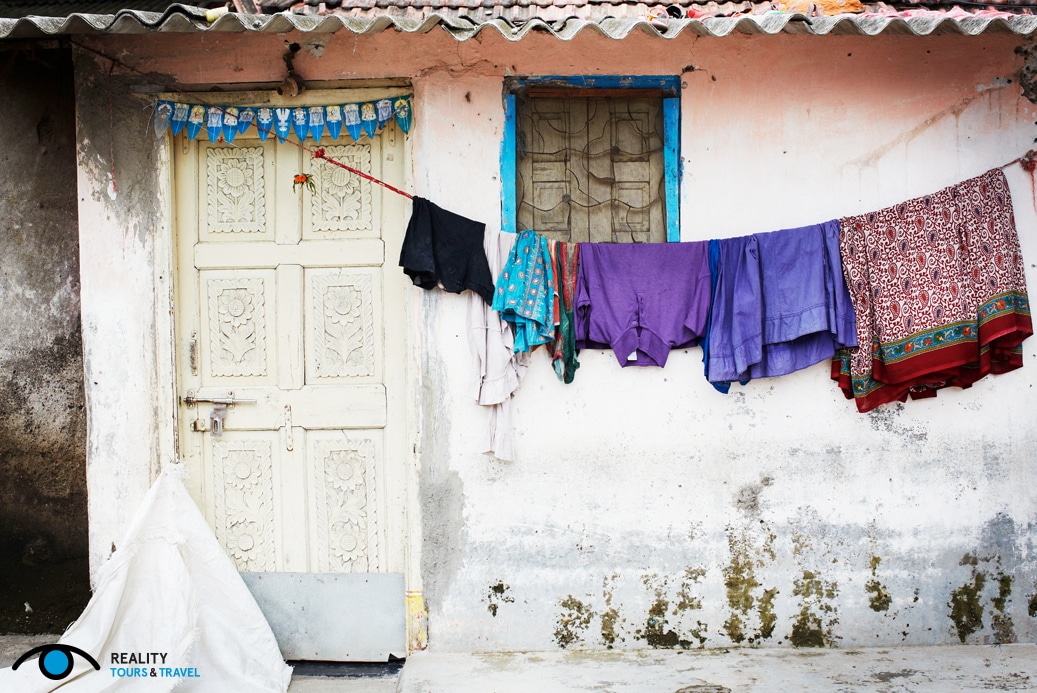
Photo by Reality Tours & Travel
The tour took us through an area of Dharavi much more developed than one would expect. Many pathways were tidy, and smelled better than much of Mumbai. Machines and workers hummed industriously, producing all kinds of materials from suitcases to pappadums. We learned how Mumbai’s plastic recycling is all done in Dharavi, alongside many other businesses. Together all of the businesses within Dharavi’s depths rake in a whopping $665 million each year. Heck, there’s even wifi.
It was worlds apart from what one would expect from slum life, but I think that’s the point. Reality’s mission is clearly to show the positive aspects of slum life, and build respect for the community. It’s fair—everyone deserves a chance to share the bright side of their story—but is it too optimistic?
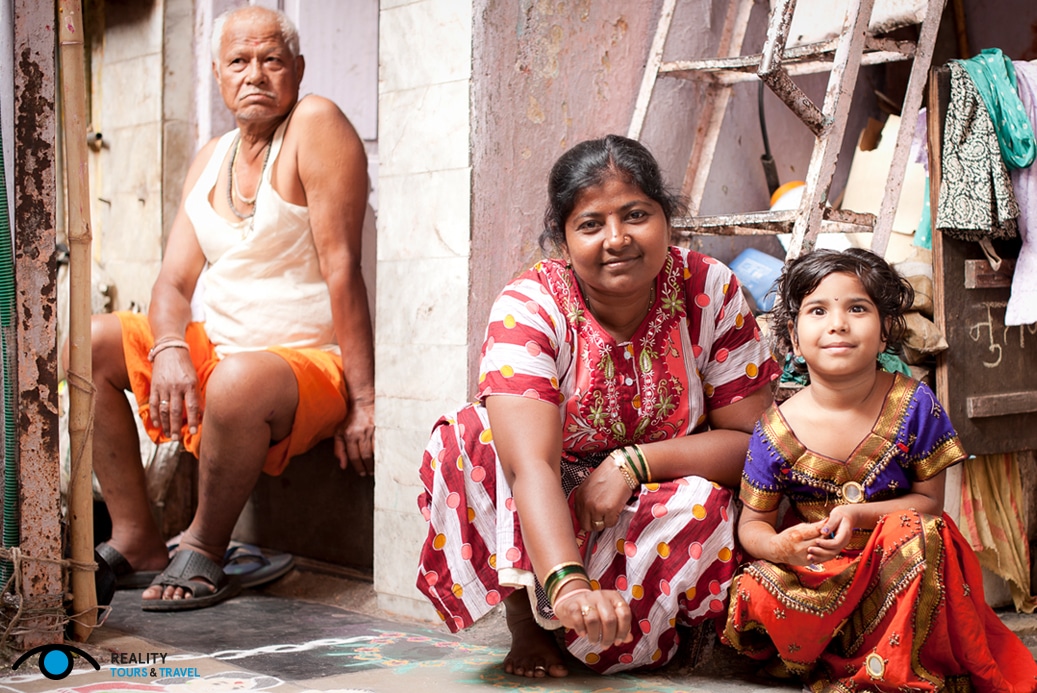
Photo by Reality Tours & Travel
Is this reality?
Dharavi is, as the guide said, a “5 star slum”, and I suspect we saw the most polished aspects of it. We saw factories and bakeries, cricket pitches and paid toilets, but there was no mention of issues such as women’s safety, child labor, or issues with tuberculosis and cholera.
Leatherworkers toiled away before us, working for about 200 rupees each day, before we were taken into what felt very much like a gift shop, filled with bags and wallets going for thousands of rupees (eagerly snapped up by several tour members).

Photo by Reality Tours & Travel
The tour ends in a clean—if smoky— pottery factory owned by the oldest Dharavi dwellers. They’re wealthy enough to live in a house elsewhere in Mumbai, but choose to stay in the slum close to their business. Is this really how most people in slums live?
I’m not saying there needs to be more focus on misery and woe. Rather, if you do attend the tour, stop and really think about what you’re seeing.
Dharavi is not a seething mass of squalor the films make it out to be, but nor is it necessarily representative of slum life throughout India and beyond. “Oh, slum life isn’t so bad,” is not the point the tour is trying to make, nor the opinion you should walk away with.
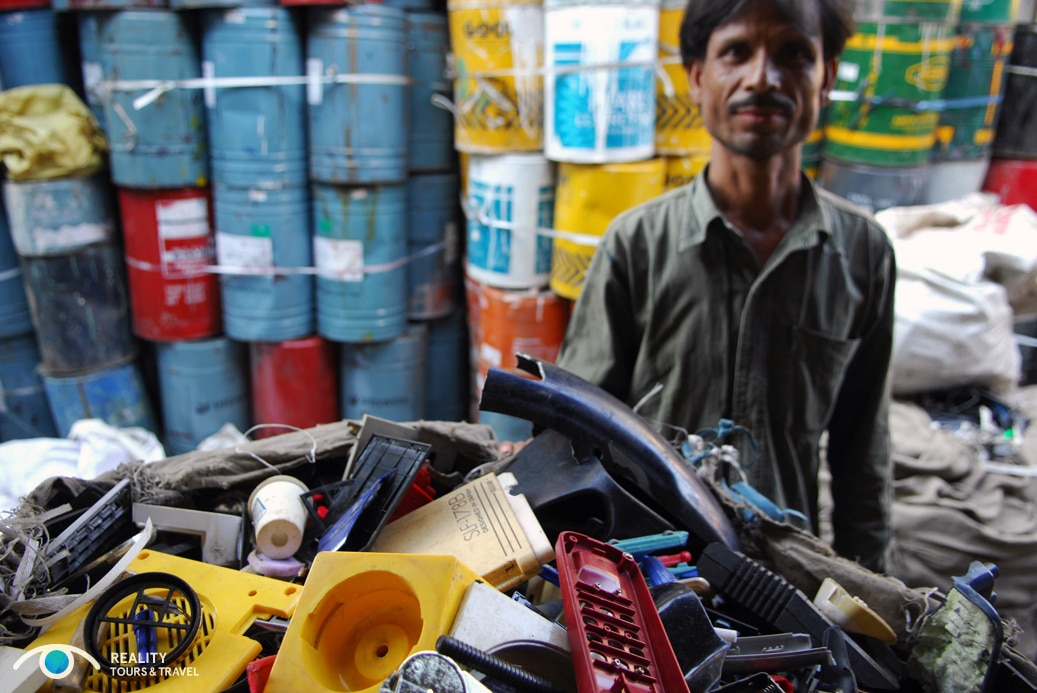
Photo by Reality Tours & Travel
So is it weird to go on a slum tour in Mumbai?
Ultimately, it’s up to you. I went, but I’m still uncomfortable with the idea, and would be understanding if you don’t want to go yourself. There are pros and cons to visiting Dharavi (or other slums covered by “responsible” NGOs) with a tour. Read through, and decide for yourself.
Pros:
- Going with a tour run by an NGO is a way to financially support the community in a responsible way, unlike blindly donating materials or giving to beggars.
- Dharavi’s alleys are a maze, and navigating them could be a challenge. There are also reports of lone foreigners being mugged in its lanes.
- Female travelers will be safer as part of a tour. It would be unconventional for lone foreign females to walk through Dharavi.
Cons:
- You’re inevitably making poverty an official tourist attraction, AKA “poverty porn”.
- Encouraging the notion of slum tourism as a way to make money, which inevitably leads to people with bad intentions doing the same in a less responsible way.
- At 900 Rs+ per person, it’s costly for budget travelers.
Still not sure about going on a slum tour, and want more information? Check out Sid the Wanderer’s post on a walk inside India’s largest slum.
If you’re interested in joining a Dharavi Slum Tour, you can book one here!
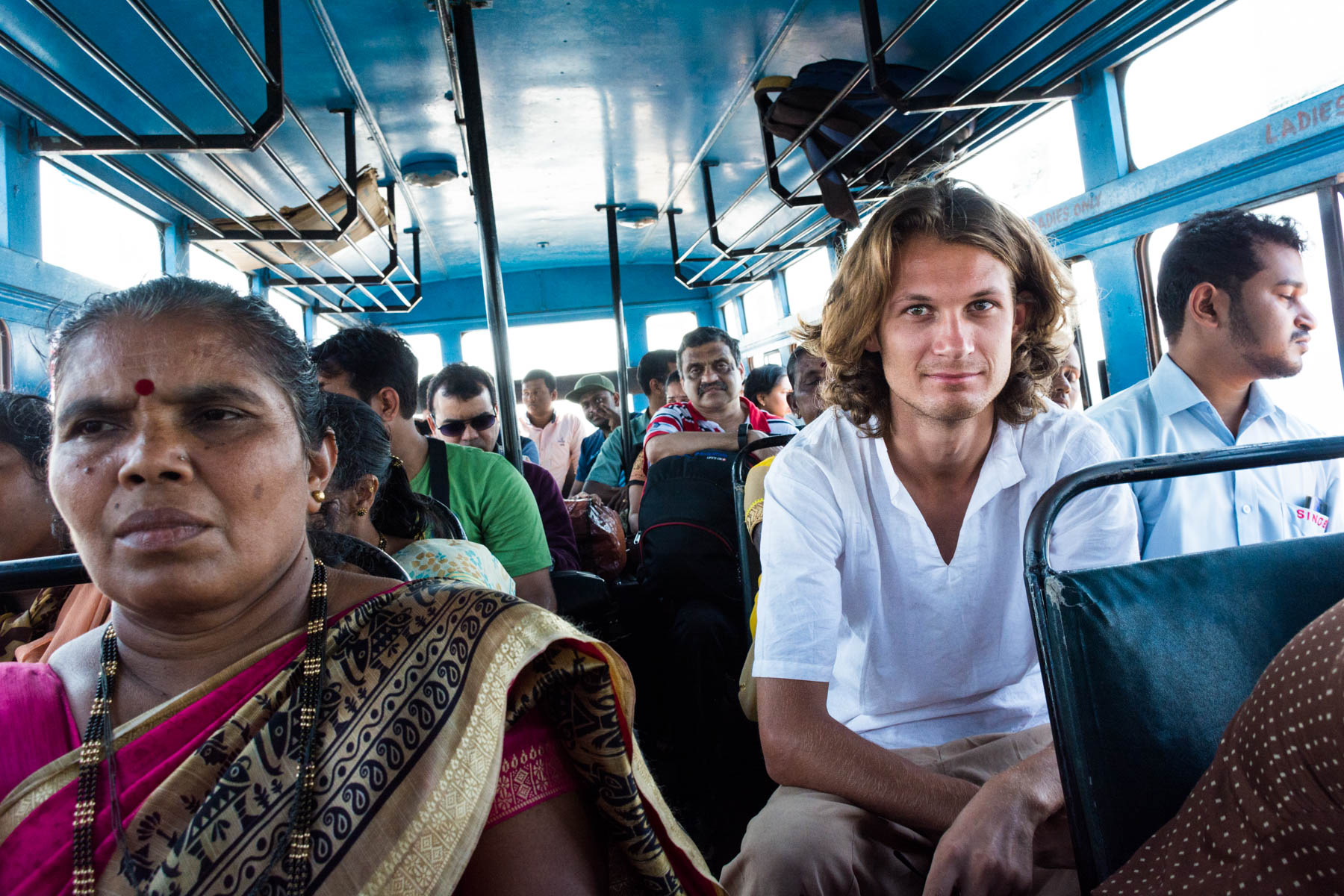
Alternatives to going on the Dharavi Slum Tour in Mumbai
If touring through slums isn’t your thing, there are plenty of other ways to interact with Indians from all walks of life:
- Ride in the cheapest train classes (sleeper or sitting). People love to talk on trains!
- Same goes for buses. Take the regular government buses instead of the nicer private options, and be open to conversation.
- Hang out in cheap tea shops or by street stalls. The further from tourist areas, the better.
- Talk to kids on the street. You never know where they’ll lead you, and it warms you up to their family members if they’re watching from nearby.
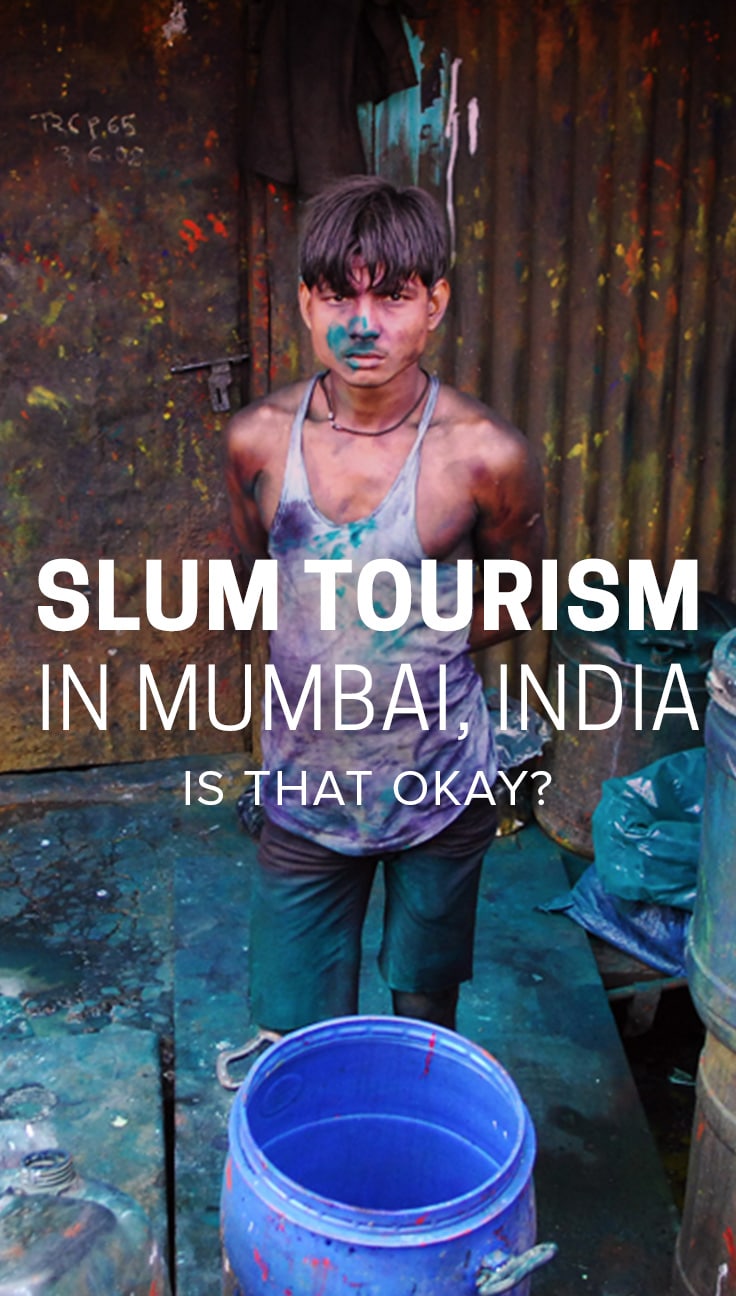
Interested in more on responsible travel in India? Here’s why you shouldn’t give pens to children in India.
Hooray for transparency. We weren’t sponsored to do this review and went on this tour out of our own interest. The views expressed here are our own. This post may contain affiliate links. If you purchase anything through these links, we get a small percentage of the sale, at no extra cost to you. This allows us to keep the site running.
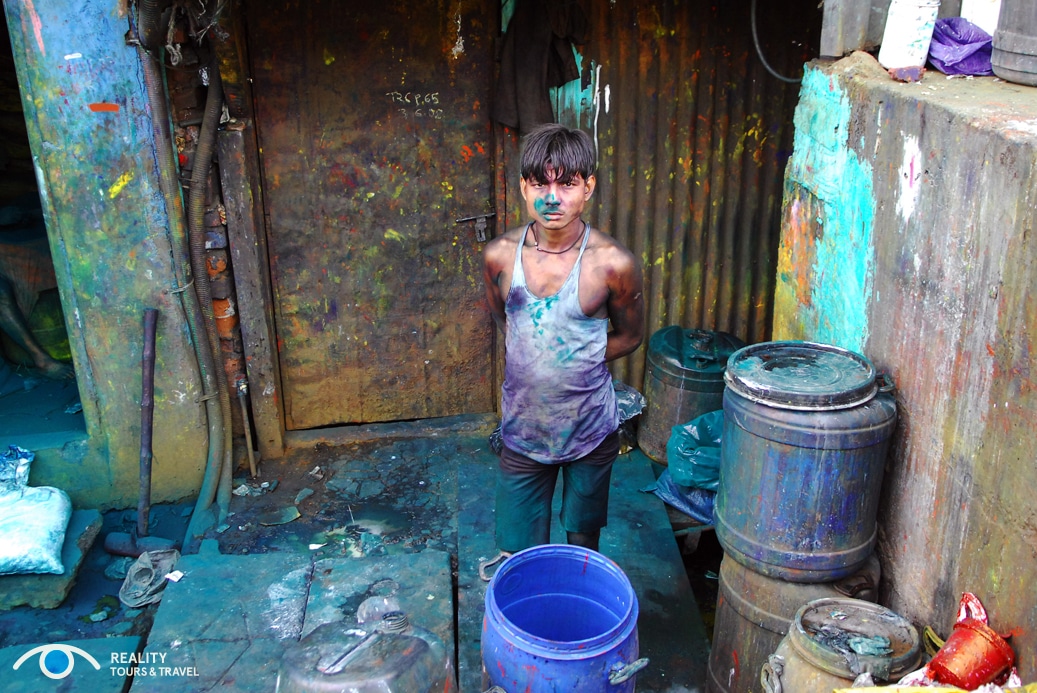


I think this is a really good analysis of a rather controversial topic. I don’t know if I would do it now (it’s so hard to know who/what to believe – as you mention, we can only hope that the underprivileged somehow benefit from the tours), but I’m not proud to say I probably would’ve done without a second thought many years ago.
I definitely call out the “zoo” effect and other objectionable factors that you have raised here… but is it possible to minimise this effect and visit to ‘understand’ rather than gawk? Is it possible to have a positive impact? I’m still undecided.
We wouldn’t have thought about it much several years ago, either. But hey, at least we’re making an effort to learn!
It must be possible to have some kind of positive impact. I think Reality makes a decent effort at doing so—with this instance, I think the ball is in the tourists’ court. It’s up to visitors to come with the intent of learning and understanding, rather than just staring. Of course, it probably varies greatly based on the community involved and what they do/do not mind.
Wow very interesting perspective, thanks for sharing 🙂
Thanks for reading ????
Such an interesting concept. We often see slums depicted in films (such as Slumdog Millionaire and Lion) . There is an inherent privilege associated with being a tourist, especially in a country such as India and a very fine line between what is and is not appropriate when it comes to exploring/experiencing the poverty in which so much of our world lives. Framing poverty as a tourist attraction in a slum tour clearly raises an ethical question and I completely understand Alex and Sebaastiaan’s initial hesitancy. Alex mentions how she found the slum tour to be somewhat sugar-coated and how she felt like they weren’t necessarily being exposed to the true reality of many slum residents. Based on her description, this seems somewhat accurate; obviously, the tour company has a responsibility to ensure tourist safety and perhaps sticking to the nicer areas is another mechanism to help avoid the “zoo effect?” It’s a tough paradox!
Rachel Barlow, anticipated graduation May, 2017
Tulane University/Freeman School of Business
This is actually the first time I’ve heard of a slum tour, so thank you for writing about this topic and introducing me to it. ???? I agree with the alternatives you put at the bottom of your post, because they really offer what people are looking for when they go on a slum tour: the opportunity to get a glimpse into the lives of locals who live a very different life than you. I’m not a big fan of tours as well, though some places you can’t easily get to without going with a tour guide; in the end, I feel like you can get to know and understand a place so much better and deeper by using local transportation and talking to people in the area.
I’m glad you like the post and find our alternatives reasonable. Although we generally avoid tours, we do think that having a guide sometimes can really make a difference. Things are so much easier when you have someone who can translate for you 😉
Thanks for Sharing Article. This post completely changed my perspective about Mumbai.
850 rupees is 12 US dollars, that’s pretty cheap for a 3 hour tour. And usually westerners find India very cheap.
We toured here today with our teenage sons, the start of our tour showed the plastics and metal breakdown/recycling. We saw a nicer area with shops, food stalls, bank, clinic, playground. Our guide also took us through dark passages barely wide enough to walk through with doorways on either side, no light from above and a feeling of disparities even within the slum. Our purpose/ reasoning was to educate our kids. We too discussed pros/cons of slum tours. Our guide showed us the “nice” street where documentaries are allowed to film. We did not tour the passages so narrow you can only walk sideways.